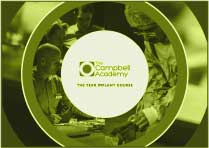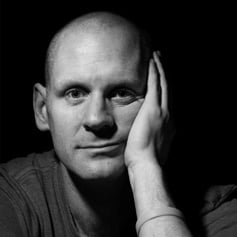The peak-end rule is research carried out by Nobel prize winner Daniel Kahneman (Nobel Prize for Economics).
Kahneman has spent a life researching human behaviour, psychology, decision making and other aspects of life but won his Nobel Prize in Economics bizarrely.
The peak-end rule is research that he did some time ago which is referenced in Atul Gawande's book 'Being Mortal' and is a fascinating way that humans react to either pleasurable or non-pleasurable stimuli over time. It would be normal to assume that if someone underwent, for example a procedure at the dentist which was very unpleasant, and they were asked afterwards to score the degree of unpleasantness that they had experienced that the score would equate to something like an average of the minute by minute score throughout that procedure and this is the research that Kahneman did.
He researched people scoring throughout a procedure and then asked them to score the procedure overall at the end and it is not an average, it is an average of only two points throughout the procedure whether it be happiness or displeasure. The average between the two points is the peak sensation point and a point at the very end. This means, for example, that if a patient were to undergo extraction of a wisdom tooth which was painful and uncomfortable then their score at the end would be an average of the most uncomfortable point of the procedure and the way they felt at the end. This has huge implications for how you practice dentistry or healthcare in uncomfortable situations and huge implications to how you practice it when you sedate people for treatment also.
If you can limit the discomfort at the peak phase and ensure the end phase is 0 or as close to 0 as possible then the overall experience of the procedure will be much more favourable than would otherwise be the case. For years we have done this instinctively in sedation at our practice. We have always had a 'mind wipe' phase at the end of sedation where patients are left to close their eyes and relax for five - ten minutes following a procedure. I have been amazed when people have returned after difficult procedures to say that they felt they were aware and awake throughout the procedure but the procedure itself was fine and much better than expected despite the fact that during the procedure they had been quite distressed.
This is something we will try and adapt to the practice in the way we go about implant surgery and the way we look after our patients in general. It's just a fascinating insight into the counter intuitive, into a way of thinking you would never expect to be true but has been proven by someone who is clearly a genius.







Leave a comment